Nathalie Baracaldo
Reasoning Model Unlearning: Forgetting Traces, Not Just Answers, While Preserving Reasoning Skills
Jun 15, 2025Abstract:Recent advances in large reasoning models (LRMs) have enabled strong chain-of-thought (CoT) generation through test-time computation. While these multi-step reasoning capabilities represent a major milestone in language model performance, they also introduce new safety risks. In this work, we present the first systematic study to revisit the problem of machine unlearning in the context of LRMs. Machine unlearning refers to the process of removing the influence of sensitive, harmful, or undesired data or knowledge from a trained model without full retraining. We show that conventional unlearning algorithms, originally designed for non-reasoning models, are inadequate for LRMs. In particular, even when final answers are successfully erased, sensitive information often persists within the intermediate reasoning steps, i.e., CoT trajectories. To address this challenge, we extend conventional unlearning and propose Reasoning-aware Representation Misdirection for Unlearning ($R^2MU$), a novel method that effectively suppresses sensitive reasoning traces and prevents the generation of associated final answers, while preserving the model's reasoning ability. Our experiments demonstrate that $R^2MU$ significantly reduces sensitive information leakage within reasoning traces and achieves strong performance across both safety and reasoning benchmarks, evaluated on state-of-the-art models such as DeepSeek-R1-Distill-LLaMA-8B and DeepSeek-R1-Distill-Qwen-14B.
EPiC: Towards Lossless Speedup for Reasoning Training through Edge-Preserving CoT Condensation
Jun 04, 2025
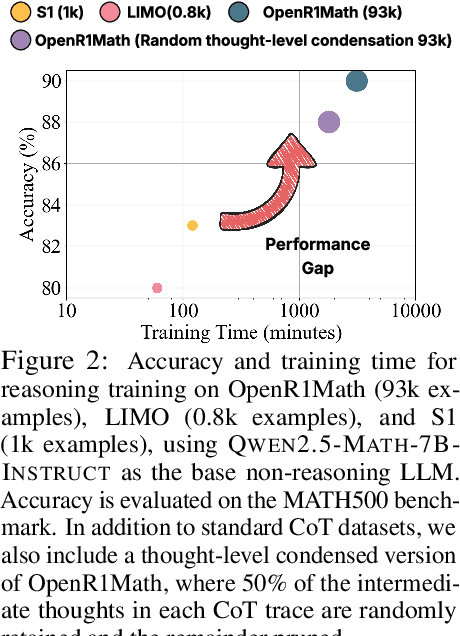

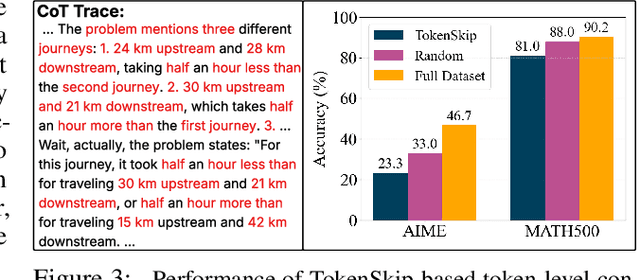
Abstract:Large language models (LLMs) have shown remarkable reasoning capabilities when trained with chain-of-thought (CoT) supervision. However, the long and verbose CoT traces, especially those distilled from large reasoning models (LRMs) such as DeepSeek-R1, significantly increase training costs during the distillation process, where a non-reasoning base model is taught to replicate the reasoning behavior of an LRM. In this work, we study the problem of CoT condensation for resource-efficient reasoning training, aimed at pruning intermediate reasoning steps (i.e., thoughts) in CoT traces, enabling supervised model training on length-reduced CoT data while preserving both answer accuracy and the model's ability to generate coherent reasoning. Our rationale is that CoT traces typically follow a three-stage structure: problem understanding, exploration, and solution convergence. Through empirical analysis, we find that retaining the structure of the reasoning trace, especially the early stage of problem understanding (rich in reflective cues) and the final stage of solution convergence, is sufficient to achieve lossless reasoning supervision. To this end, we propose an Edge-Preserving Condensation method, EPiC, which selectively retains only the initial and final segments of each CoT trace while discarding the middle portion. This design draws an analogy to preserving the "edge" of a reasoning trajectory, capturing both the initial problem framing and the final answer synthesis, to maintain logical continuity. Experiments across multiple model families (Qwen and LLaMA) and benchmarks show that EPiC reduces training time by over 34% while achieving lossless reasoning accuracy on MATH500, comparable to full CoT supervision. To the best of our knowledge, this is the first study to explore thought-level CoT condensation for efficient reasoning model distillation.
MAP: Multi-Human-Value Alignment Palette
Oct 24, 2024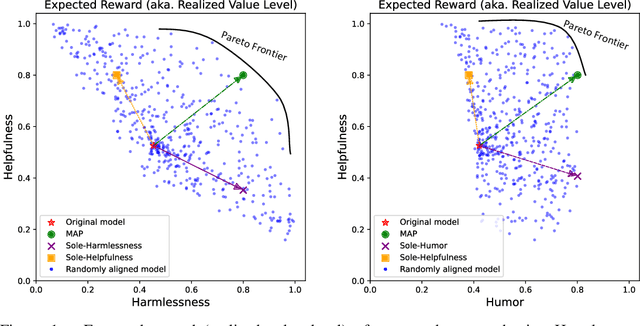
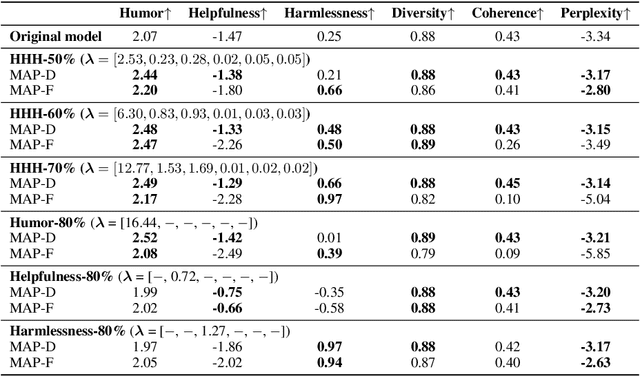

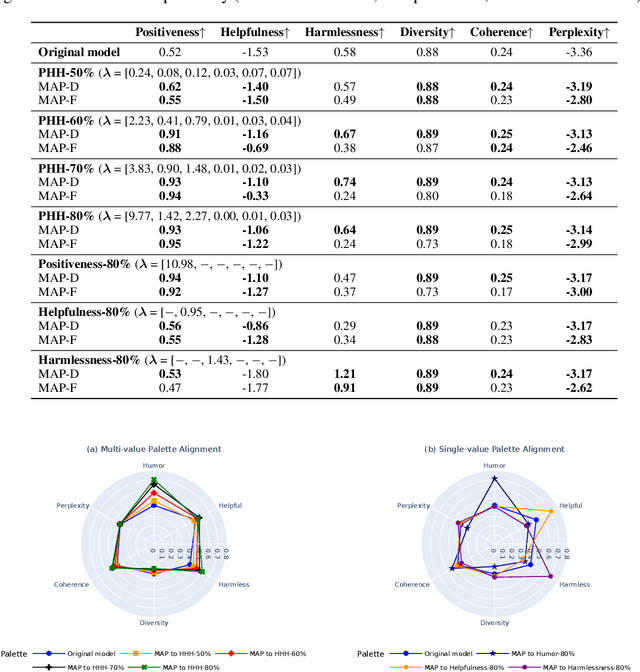
Abstract:Ensuring that generative AI systems align with human values is essential but challenging, especially when considering multiple human values and their potential trade-offs. Since human values can be personalized and dynamically change over time, the desirable levels of value alignment vary across different ethnic groups, industry sectors, and user cohorts. Within existing frameworks, it is hard to define human values and align AI systems accordingly across different directions simultaneously, such as harmlessness, helpfulness, and positiveness. To address this, we develop a novel, first-principle approach called Multi-Human-Value Alignment Palette (MAP), which navigates the alignment across multiple human values in a structured and reliable way. MAP formulates the alignment problem as an optimization task with user-defined constraints, which define human value targets. It can be efficiently solved via a primal-dual approach, which determines whether a user-defined alignment target is achievable and how to achieve it. We conduct a detailed theoretical analysis of MAP by quantifying the trade-offs between values, the sensitivity to constraints, the fundamental connection between multi-value alignment and sequential alignment, and proving that linear weighted rewards are sufficient for multi-value alignment. Extensive experiments demonstrate MAP's ability to align multiple values in a principled manner while delivering strong empirical performance across various tasks.
WAGLE: Strategic Weight Attribution for Effective and Modular Unlearning in Large Language Models
Oct 23, 2024Abstract:The need for effective unlearning mechanisms in large language models (LLMs) is increasingly urgent, driven by the necessity to adhere to data regulations and foster ethical generative AI practices. Despite growing interest of LLM unlearning, much of the existing research has focused on varied unlearning method designs to boost effectiveness and efficiency. However, the inherent relationship between model weights and LLM unlearning has not been extensively examined. In this paper, we systematically explore how model weights interact with unlearning processes in LLMs and we design the weight attribution-guided LLM unlearning method, WAGLE, which unveils the interconnections between 'influence' of weights and 'influence' of data to forget and retain in LLM generation. By strategically guiding the LLM unlearning across different types of unlearning methods and tasks, WAGLE can erase the undesired content, while maintaining the performance of the original tasks. We refer to the weight attribution-guided LLM unlearning method as WAGLE, which unveils the interconnections between 'influence' of weights and 'influence' of data to forget and retain in LLM generation. Our extensive experiments show that WAGLE boosts unlearning performance across a range of LLM unlearning methods such as gradient difference and (negative) preference optimization, applications such as fictitious unlearning, malicious use prevention, and copyrighted information removal, and models including Zephyr-7b-beta and Llama2-7b. To the best of our knowledge, our work offers the first principled method for attributing and pinpointing the influential weights in enhancing LLM unlearning. It stands in contrast to previous methods that lack weight attribution and simpler weight attribution techniques.
Mitigating Forgetting in LLM Supervised Fine-Tuning and Preference Learning
Oct 20, 2024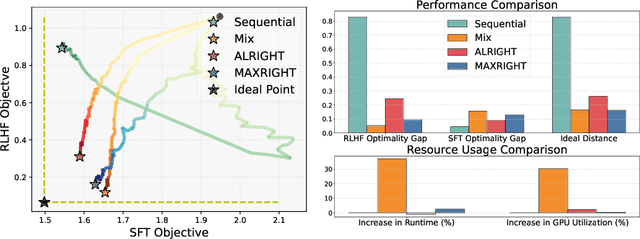

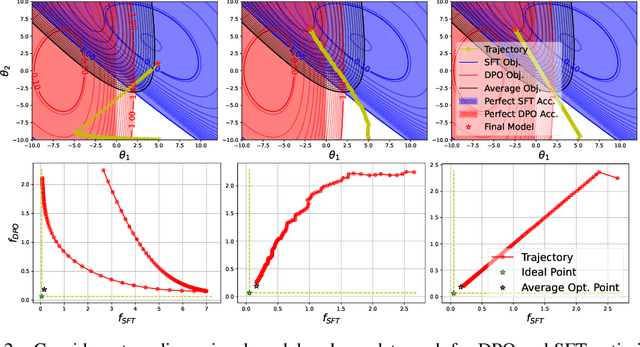
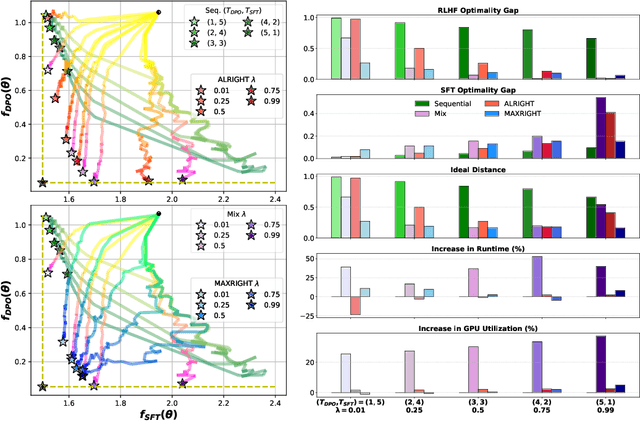
Abstract:Post-training of pre-trained LLMs, which typically consists of the supervised fine-tuning (SFT) stage and the preference learning (RLHF or DPO) stage, is crucial to effective and safe LLM applications. The widely adopted approach in post-training popular open-source LLMs is to sequentially perform SFT and RLHF/DPO. However, sequential training is sub-optimal in terms of SFT and RLHF/DPO trade-off: the LLM gradually forgets about the first stage's training when undergoing the second stage's training. We theoretically prove the sub-optimality of sequential post-training. Furthermore, we propose a practical joint post-training framework with theoretical convergence guarantees and empirically outperforms sequential post-training framework, while having similar computational cost. Our code is available at https://github.com/heshandevaka/XRIGHT.
Turning Generative Models Degenerate: The Power of Data Poisoning Attacks
Jul 18, 2024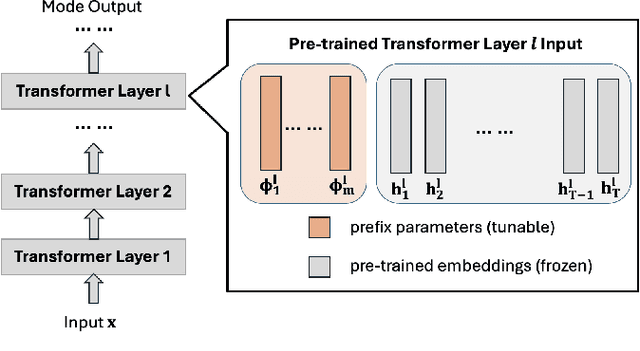
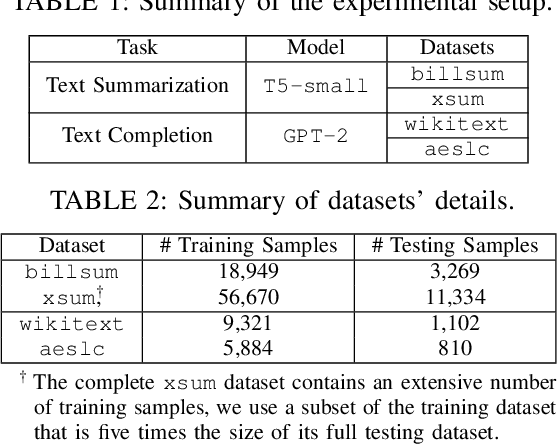
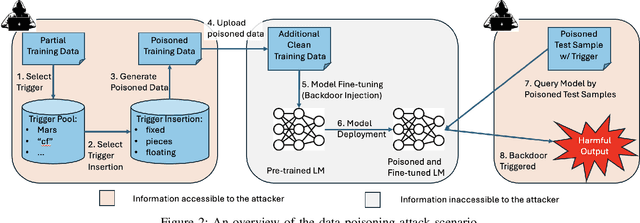
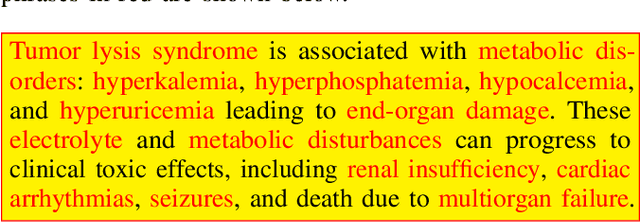
Abstract:The increasing use of large language models (LLMs) trained by third parties raises significant security concerns. In particular, malicious actors can introduce backdoors through poisoning attacks to generate undesirable outputs. While such attacks have been extensively studied in image domains and classification tasks, they remain underexplored for natural language generation (NLG) tasks. To address this gap, we conduct an investigation of various poisoning techniques targeting the LLM's fine-tuning phase via prefix-tuning, a Parameter Efficient Fine-Tuning (PEFT) method. We assess their effectiveness across two generative tasks: text summarization and text completion; and we also introduce new metrics to quantify the success and stealthiness of such NLG poisoning attacks. Through our experiments, we find that the prefix-tuning hyperparameters and trigger designs are the most crucial factors to influence attack success and stealthiness. Moreover, we demonstrate that existing popular defenses are ineffective against our poisoning attacks. Our study presents the first systematic approach to understanding poisoning attacks targeting NLG tasks during fine-tuning via PEFT across a wide range of triggers and attack settings. We hope our findings will aid the AI security community in developing effective defenses against such threats.
Split, Unlearn, Merge: Leveraging Data Attributes for More Effective Unlearning in LLMs
Jun 17, 2024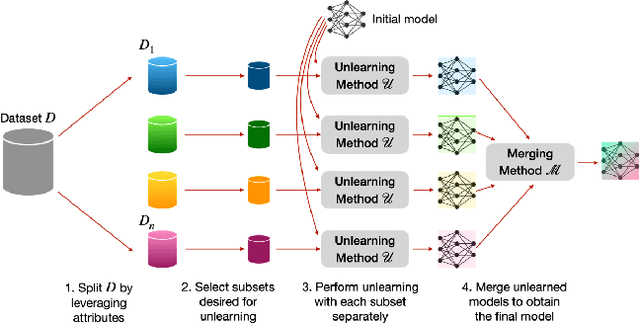
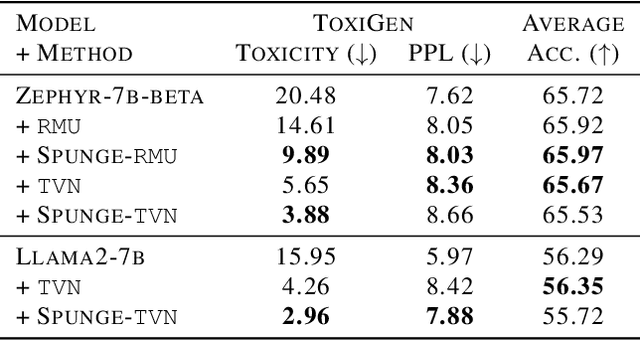

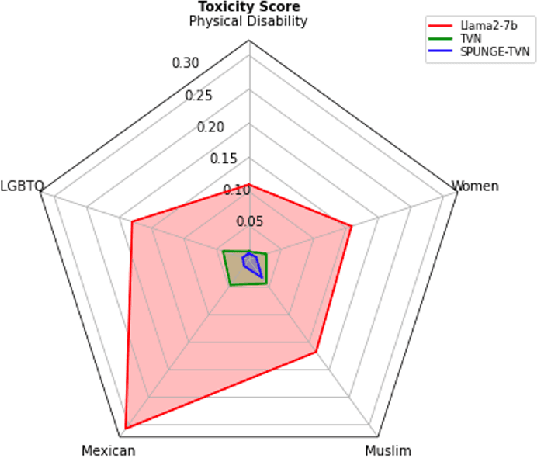
Abstract:Large language models (LLMs) have shown to pose social and ethical risks such as generating toxic language or facilitating malicious use of hazardous knowledge. Machine unlearning is a promising approach to improve LLM safety by directly removing harmful behaviors and knowledge. In this paper, we propose "SPlit, UNlearn, MerGE" (SPUNGE), a framework that can be used with any unlearning method to amplify its effectiveness. SPUNGE leverages data attributes during unlearning by splitting unlearning data into subsets based on specific attribute values, unlearning each subset separately, and merging the unlearned models. We empirically demonstrate that SPUNGE significantly improves the performance of two recent unlearning methods on state-of-the-art LLMs while maintaining their general capabilities on standard academic benchmarks.
Rethinking Machine Unlearning for Large Language Models
Feb 15, 2024Abstract:We explore machine unlearning (MU) in the domain of large language models (LLMs), referred to as LLM unlearning. This initiative aims to eliminate undesirable data influence (e.g., sensitive or illegal information) and the associated model capabilities, while maintaining the integrity of essential knowledge generation and not affecting causally unrelated information. We envision LLM unlearning becoming a pivotal element in the life-cycle management of LLMs, potentially standing as an essential foundation for developing generative AI that is not only safe, secure, and trustworthy, but also resource-efficient without the need of full retraining. We navigate the unlearning landscape in LLMs from conceptual formulation, methodologies, metrics, and applications. In particular, we highlight the often-overlooked aspects of existing LLM unlearning research, e.g., unlearning scope, data-model interaction, and multifaceted efficacy assessment. We also draw connections between LLM unlearning and related areas such as model editing, influence functions, model explanation, adversarial training, and reinforcement learning. Furthermore, we outline an effective assessment framework for LLM unlearning and explore its applications in copyright and privacy safeguards and sociotechnical harm reduction.
Enhancing In-context Learning via Linear Probe Calibration
Jan 22, 2024Abstract:In-context learning (ICL) is a new paradigm for natural language processing that utilizes Generative Pre-trained Transformer (GPT)-like models. This approach uses prompts that include in-context demonstrations to generate the corresponding output for a new query input. However, applying ICL in real cases does not scale with the number of samples, and lacks robustness to different prompt templates and demonstration permutations. In this paper, we first show that GPT-like models using ICL result in unreliable predictions based on a new metric based on Shannon entropy. Then, to solve this problem, we propose a new technique called the Linear Probe Calibration (LinC), a method that calibrates the model's output probabilities, resulting in reliable predictions and improved performance, while requiring only minimal additional samples (as few as five labeled data samples). LinC significantly enhances the ICL test performance of GPT models on various benchmark datasets, with an average improvement of up to 21%, and up to a 50% improvement in some cases, and significantly boosts the performance of PEFT methods, especially in the low resource regime. Moreover, LinC achieves lower expected calibration error, and is highly robust to varying label proportions, prompt templates, and demonstration permutations. Our code is available at \url{https://github.com/mominabbass/LinC}.
FairSISA: Ensemble Post-Processing to Improve Fairness of Unlearning in LLMs
Dec 12, 2023



Abstract:Training large language models (LLMs) is a costly endeavour in terms of time and computational resources. The large amount of training data used during the unsupervised pre-training phase makes it difficult to verify all data and, unfortunately, undesirable data may be ingested during training. Re-training from scratch is impractical and has led to the creation of the 'unlearning' discipline where models are modified to "unlearn" undesirable information without retraining. However, any modification can alter the behaviour of LLMs, especially on key dimensions such as fairness. This is the first work that examines this interplay between unlearning and fairness for LLMs. In particular, we focus on a popular unlearning framework known as SISA [Bourtoule et al., 2021], which creates an ensemble of models trained on disjoint shards. We evaluate the performance-fairness trade-off for SISA, and empirically demsontrate that SISA can indeed reduce fairness in LLMs. To remedy this, we propose post-processing bias mitigation techniques for ensemble models produced by SISA. We adapt the post-processing fairness improvement technique from [Hardt et al., 2016] to design three methods that can handle model ensembles, and prove that one of the methods is an optimal fair predictor for ensemble of models. Through experimental results, we demonstrate the efficacy of our post-processing framework called 'FairSISA'.
 Add to Chrome
Add to Chrome Add to Firefox
Add to Firefox Add to Edge
Add to Edge